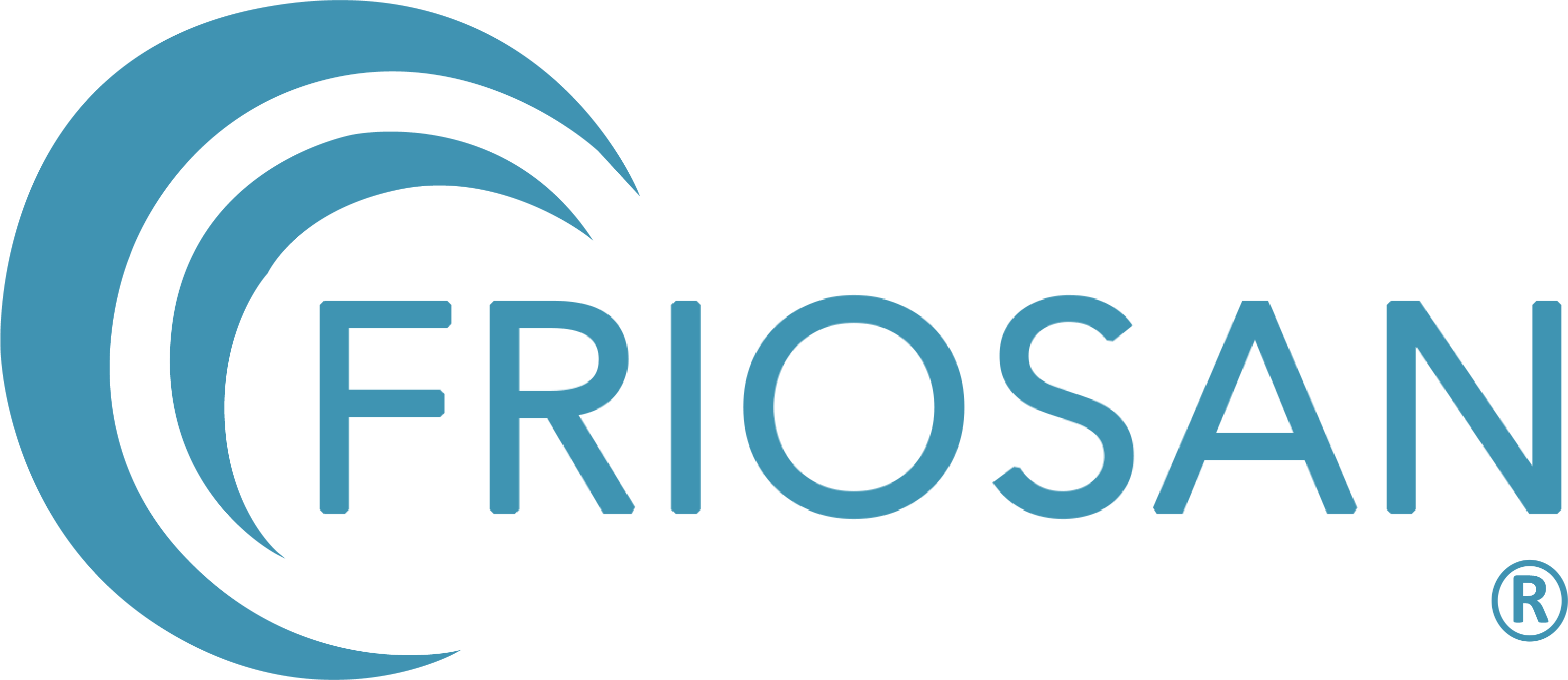Rising energy costs and labor shortages are fueling demand for these automated solutions
Cold chain warehouse automation is heating up as companies work to meet the growing demand for chilled and frozen goods while addressing labor shortages and rising energy costs. Driven by advancements in technology and strategic investments, global revenues for the sector are expected to surpass $1.3 billion in 2024 and exceed $2 billion by 2030.
Major players like Lineage Logistics and Americold lead the charge, using automation to boost efficiency and reduce costs. Lineage, which raised $2.2 billion in its 2024 IPO, currently operates 16 automated facilities and plans further expansion. According to the Global Cold Chain Alliance, the two largest cold-chain providers own a combined 4.3 billion cubic feet of refrigerated warehouse space.
Retailers like Walmart and Kroger are also fueling the boom. Since Amazon acquired Whole Foods in 2017, grocery chains have invested heavily in automation to stay competitive in a market where razor-thin margins leave no room for inefficiency. Similarly, the COVID-19 vaccine rollout revealed weaknesses in cold-chain logistics, sparking additional investments from pharmaceutical companies looking to secure the distribution of critical medical supplies.
The automation trend is underpinned by technologies like pallet shuttles, unit-load AS/RS systems, and innovative solutions from companies like AutoStore, which developed a frozen storage grid, and Phononic, which offers actively cooled totes. These tools transform how goods are stored and transported in chilled and frozen environments. Persistent labor challenges and high energy costs are making these technologies increasingly appealing.
Looking ahead, advancements in modular and energy-efficient designs are expected to make automation more accessible, even for smaller businesses. As costs decrease and technology improves, cold-chain automation will likely become a key differentiator in a competitive market, helping companies meet demand while keeping costs under control.
Fuente: https://www.mmh.com/


